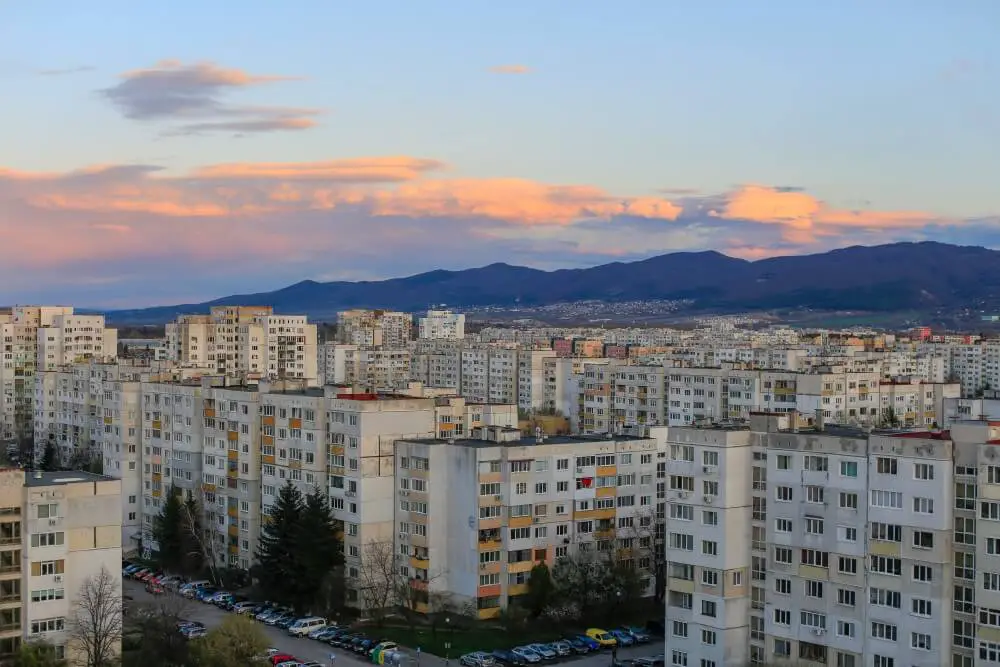It’s not everyone’s cup of tea, but there’s no denying the brutalist style of architecture makes its mark on any city it’s utilised in. And, in almost every continent, brutalism is a common feature of particular cities and towns.
So, join us as we unveil the top 10 brutalist cities from around the world. Each one is known for the historical prevalence and presence of brutalism, but still widely showcases the style in many of its buildings today.
But, before we dive into our list, what is a brutalist city in the first place?
What is a brutalist city?
A brutalist city is a city that has many notable examples of the brutalism architecture style evident in its current buildings. Some of these cities’ most recognisable structures are brutalist in nature, whether they be apartments, government buildings or other constructions.
Brutalism as we know it today emerged in the aftermath of World War 2, when town planners and architects needed affordable alternatives to other costly building types. It was mainly popular between the 1950s and 1970s, and came about as a result of the modernist movement.
Despite having many detractors, brutalism is viewed in some circles as having a particular charm. Many view it as being a symbol of strength, individuality and boldness, and celebrate its inclusion in the architectural make-up of a city.
Brutalism’s distinctive traits have left an indelible mark on cityscapes worldwide, stirring passionate devotion and sparking thought-provoking conversations about urban design.
What are the main features of a brutalist city?
While there is no official terminology for what a brutalist city is, it can be classified as one that exhibits brutalism in a bold and frequent way.
As far as brutalism itself is concerned, the style has a number of typical trademarks. Among the most notable are the heavy use of concrete, the bold geometric forms, and a heavily functionalist design that largely swerves excessive ornamentation.
With this in mind, let’s explore 10 of these brutalist cities, with a note on why each one deserves a place on this list.
1. Brasilia, Brazil
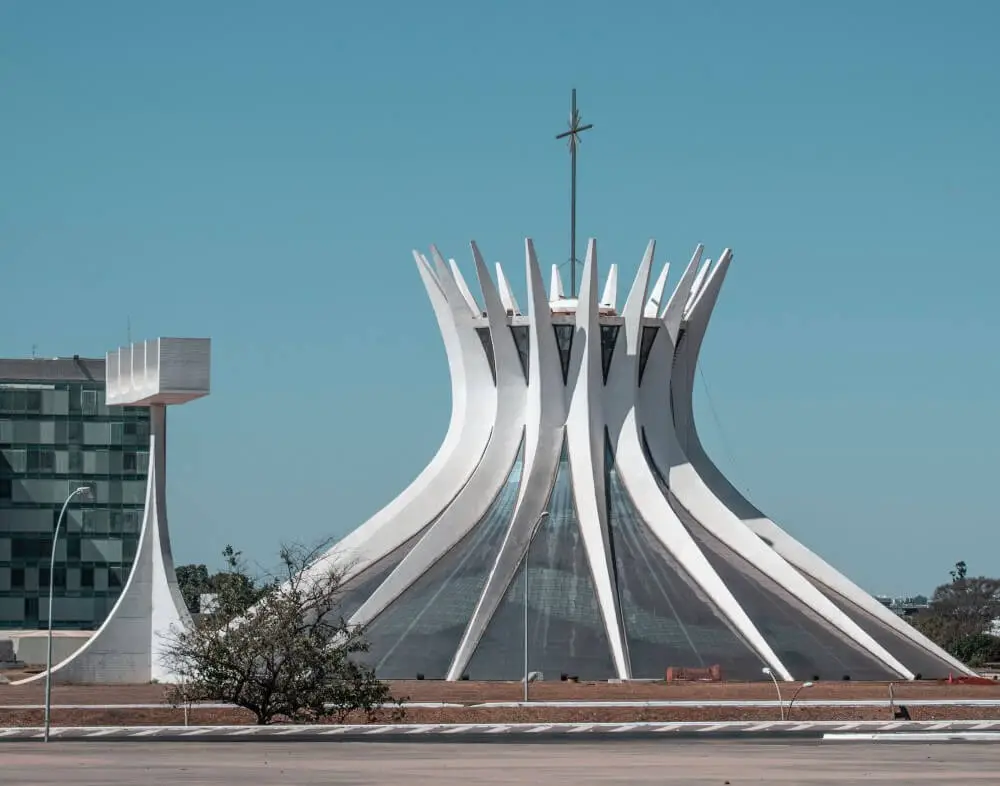
First up on our list of the top 10 brutalist cities in the world is Brasilia, the capital of Brazil. The city is known for a number of architectural quirks, not least its bird-shaped street pattern, and its prominent use of brutalist architecture is one of them.
Indeed, some of Brasilia’s most famous buildings are brutalist in style. Just some of these include the Cathedral of Brasilia and National Congress.
The abundance of brutalism in the city is a result of its inception. Brasilia was planned entirely from scratch by urban planners Oscar Niemeyer and Lúcio Costa, and both its urban design and buildings were designed to prioritise functionality.
Because of this, it is now one of the world’s biggest treasure troves of brutalist architecture, marking a distinction from most other capital cities around the world.
2. Belgrade, Serbia
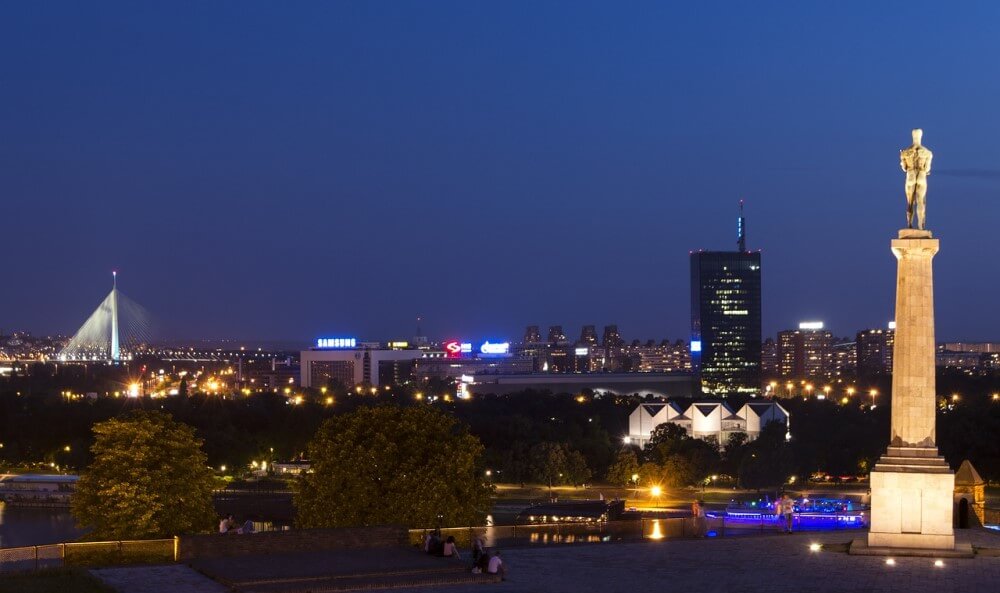
Another city renowned for its many notable examples of brutalist architecture is Belgrade, capital of Serbia. Evidence of the style can be found in many of the city’s streets, mostly in its apartment complexes.
Brutalism became popular in the city when it was part of Yugoslavia, as a cheap way to provide housing in the years following World War 2. Its legacy in the city remains there for all to see, with buildings like the Western City Gate and the Museum of Contemporary Art just a couple of examples.
While the prominent usage of brutalism divides opinion in some quarters, there’s no doubt that it has made its mark on the city. To this day, it continues to possess one of the world’s biggest collections of brutalist buildings.
3. London, United Kingdom
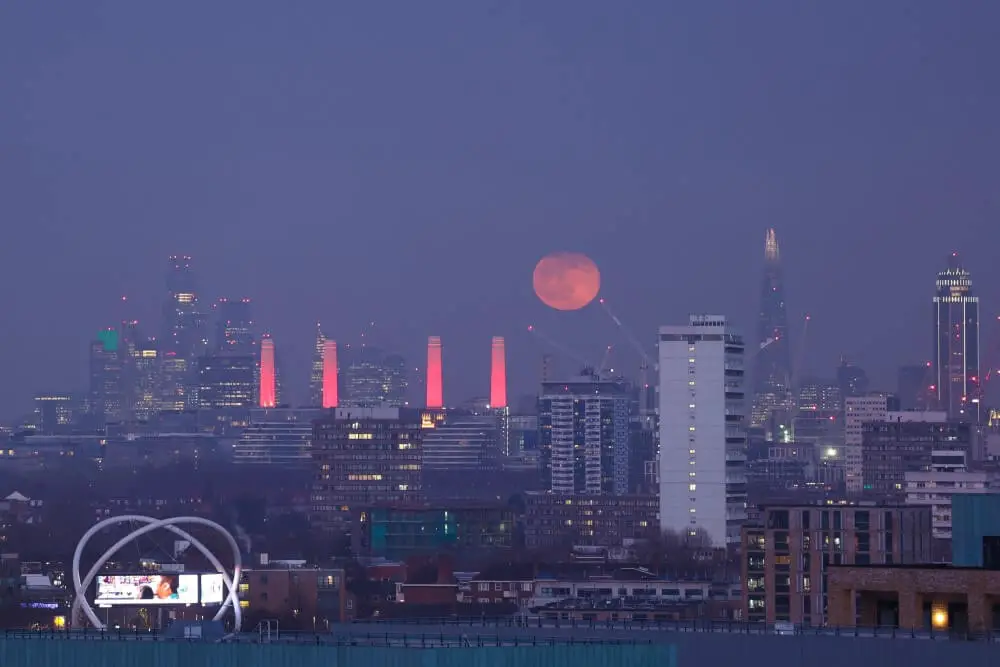
After many centuries of recorded construction, the buildings of London today are a mish-mash of different architectural eras. And, since the mid 20th Century, brutalism has joined this structural petri-dish to become a common sight in the British capital.
Brutalism garnered favour in the city chiefly in the 1950s, when large sections of the city were either destroyed by German bombing, or needing to be replaced as a result of slum clearance. As such, many apartments, public buildings and other structures were built in this style.
A particularly well-known example of brutalist architecture in the city is the Barbican Estate, which features a series of imposing concrete towers and interconnected walkways, creating a distinctive urban landscape. Other notable brutalist landmarks include the National Theatre, Royal National Theatre, Trellick Tower, and the Hayward Gallery.
Like everywhere else, brutalism in London has not always been popular, and many brutalist buildings have been pulled down over recent decades. However, there are preservationist groups who champion the style and wish to see it preserved in the city, as symbols of a culturally significant architectural period.
4. Paris, France
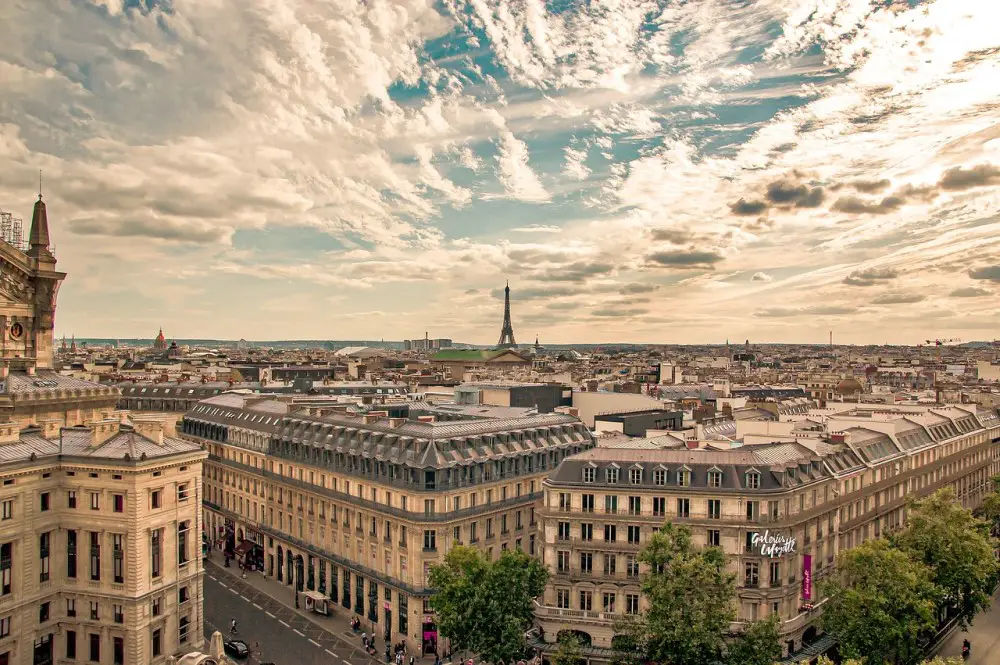
When you think of Parisian architecture, the first thing you think is likely the neoclassical, Haussmannian, and Beaux-Arts designs. But such is the variety and vastness of the French capital that there are also plenty of examples of brutalist architecture to explore.
Most of these are found in the suburban areas away from the central arrondissements, where architects were given more freedom to experiment. Perhaps the most famous of the city’s brutalist projects is Les Espaces d’Abraxas, which is a high-density apartment complex designed by Ricardo Bofill in the suburbs of Noisy-le-Grand. Such as the brutalist grandeur of this building that it has been featured in films such as Hunger Games.
Like most other cities in Europe, the years following the Second World War were tough, and, as with Belgrade and London, brutalism was attractive for its affordability. And while it isn’t one of the city’s prevailing architectural styles, the brutalism it does exhibit makes it more than worthy of a mention as a brutalist city.
5. Boston, United States
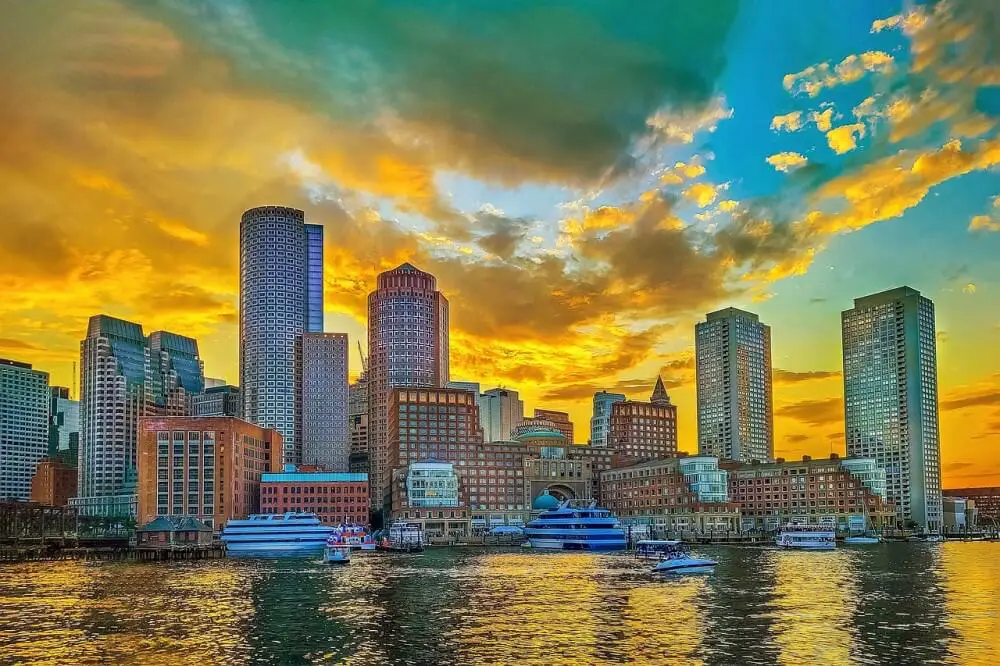
Another brutalist city which is notable for its connection to the style is Boston in Massachusetts, USA. While examples in the city are relatively rare, the brutalist buildings it does have are among the most recognisable and important.
For example, many of the major Government buildings, such as the Boston City Hall, Government Service Center, and the John F. Kennedy Federal Building employ the style. Concrete dominates the aesthetic of these buildings, with exposed facades showcasing the raw and unfinished nature associated with the style.
As a result, Boston stands out among many U.S. cities as a place where brutalism remains a strong influence.
6. Moscow, Russia
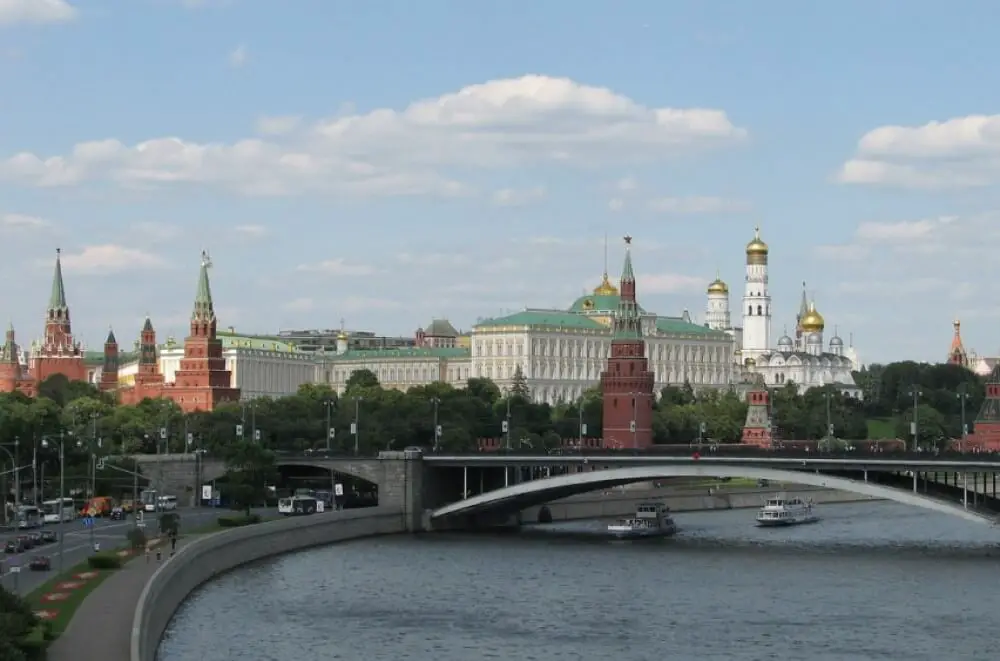
Moscow, the capital of Russia, is also known for the prevalence of brutalism in its architectural landscape. The style emerged as a force in the city during the Soviet era, when architecture was planned and proposed to reflect the ideals of socialism.
Despite efforts to knock some of these Soviet era structures down, there remains fascinating examples of brutalist examples in the city. Instances include the Radisson Royal Hotel (formerly known as the Hotel Ukraina) and the Ministry of Transportation Building.
Incorporating elements of Soviet monumentalism, these buildings were designed to showcase a sense of grandeur and power. The characteristics of brutalism, such as the heavy use of exposed concrete and sharp angles, helped to convey this sensation.
While public opinion in Moscow is divided on the legacy of these structures, there has been a growing recognition of their architectural and historical significance. Preservationists argue that brutalism is an important chapter in Moscow’s architectural heritage and that it needs to be remembered.
7. Chandigarh, India
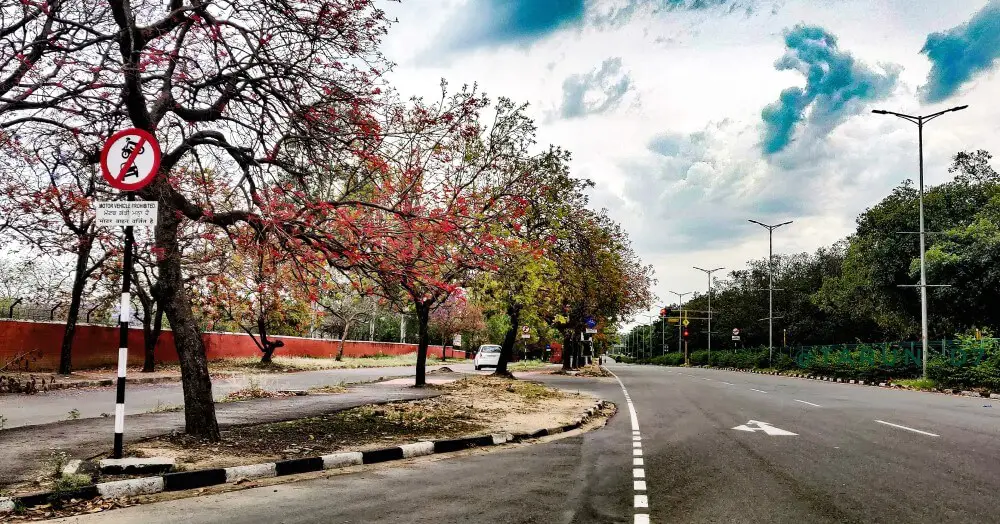
The city of Chandigarh, situated in North West India, offers some of the country’s biggest range of brutalist architecture. It is heavily associated with renowned architect Le Corbusier, who was responsible for its unique urban design.
Some of Chandigarh’s most famous buildings incorporate the exposed concrete and functional design of the brutalist style. These include the Secretariat, High Court, and the Assembly Hall, although there are plenty of other examples.
The brutalist structures in Chandigarh, and India as a whole, have contributed much to the city’s unique architectural identity. Designed with a focus on efficiency and practicality, they hark back to the colonial era, when there was a particularly heavy Western influence on India’s building projects.
8. Warsaw, Poland
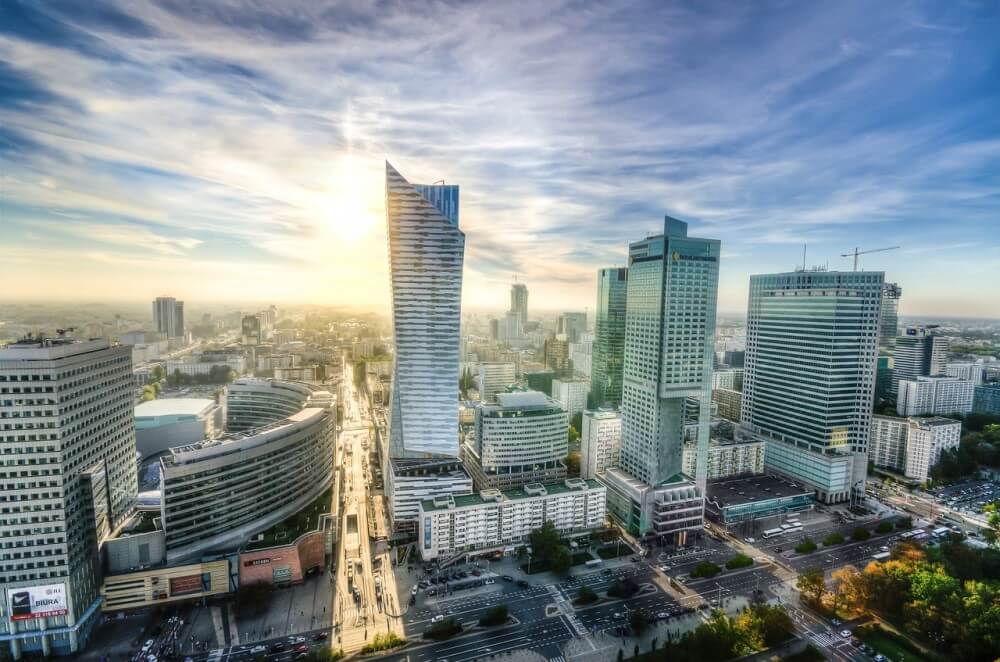
One more brutalist city that has Soviet roots to thank for its prevalent brutalism is Polish capital Warsaw. After being levelled in the Second World War, urban planners working in Warsaw frequently employed the style as an affordable and easy-to-implement construction method.
One of the most notable examples of brutalism in Warsaw is the Palace of Culture and Science. Completed in 1955, this imposing skyscraper features a distinctive blend of brutalist and neoclassical elements.
While there is divisiveness that accompanies the ongoing presence of brutalism in Warsaw, these structures undoubtedly represent the resilience and recovery of the Polish capital. In modern times, they contribute to the architectural diversity of Warsaw.
9. Caracas, Venezuela
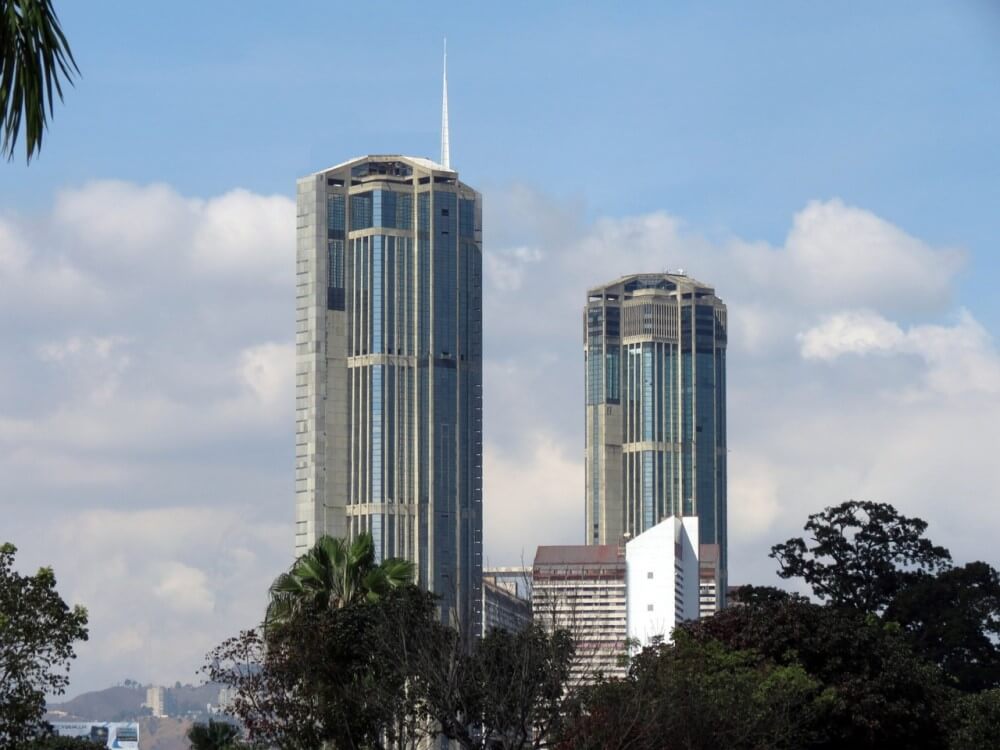
For brutalist cities in South America, look no further than Caracas, the capital of Venezuela. After first appearing on the city’s streets in the mid-20th century, brutalism came to represent the modernisation of the city over time.
Famous brutalist structures in Caracas include the Centro Simón Bolívar, sometimes referred to as the ‘Towers of Silence’. This 1954-built complex is a prominent landmark of the city and has gained a reputation of its own in architectural circles.
Today, Caracas’ brutalist legacy is one of the most distinguished on the South American continent. Despite some ongoing issues with preservation due to Venezuela’s economic difficulties, they remain historically significant as visual reminders of the city’s modernist aspirations.
10. Milan, Italy
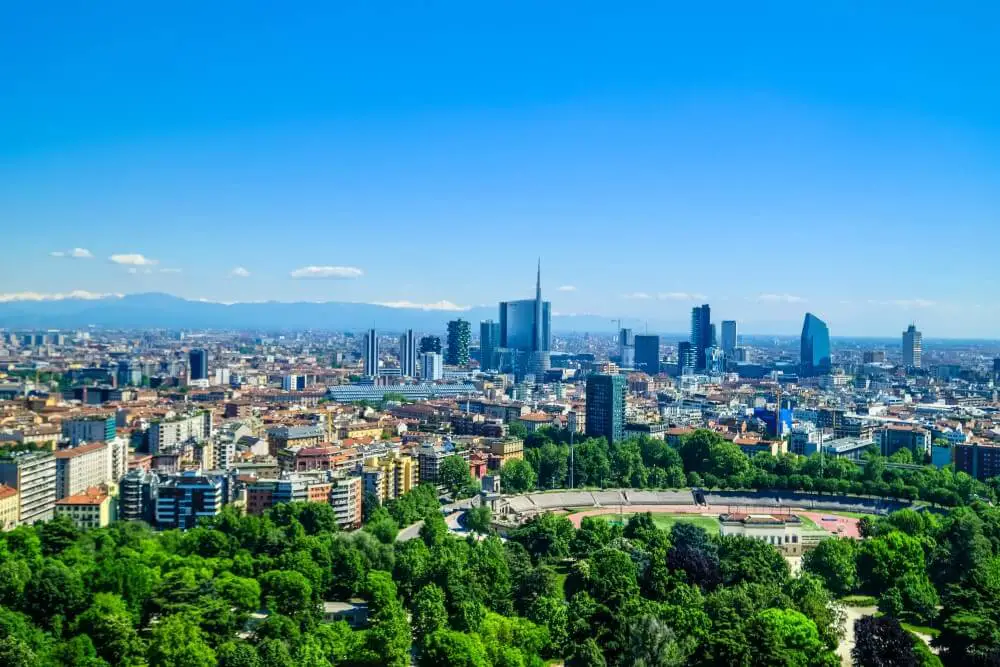
Last but not least on our top 10 list of brutalist cities is Milan, Italy. While the city is more renowned for its links to fashion and design than brutalism, it also boasts a significant presence of brutalist architecture.
Much of Milan’s brutalist architecture lies in the suburbs, and dates from the 1950s and 1960s. A striking example of this is the soaring tower Torre Velasca, which is distinctive due to its rough concrete façade, irregular shape, and prominent vertical elements.
Such is the importance of this structure that it was protected from demolition under law in 2011. This decision is indicative of the respect with which the city’s authorities view the presence of brutalism.
That’s it for our journey of 10+ brutalist cities from all around the globe. Whether you’re a fan of the style or not, the existence of brutalism within these well-known cities is part of what makes their urban architectural compositions so varied.
Indeed, the many brutalist preservationist groups that have sprung up around the world suggest that the structures will not be disappearing any time soon.
For more compilations, building news and architectural discussion, take a look at our latest articles, including our exploration of what the difference is between a stadium and an arena.
Last Updated on 20 June 2023 by Michael
